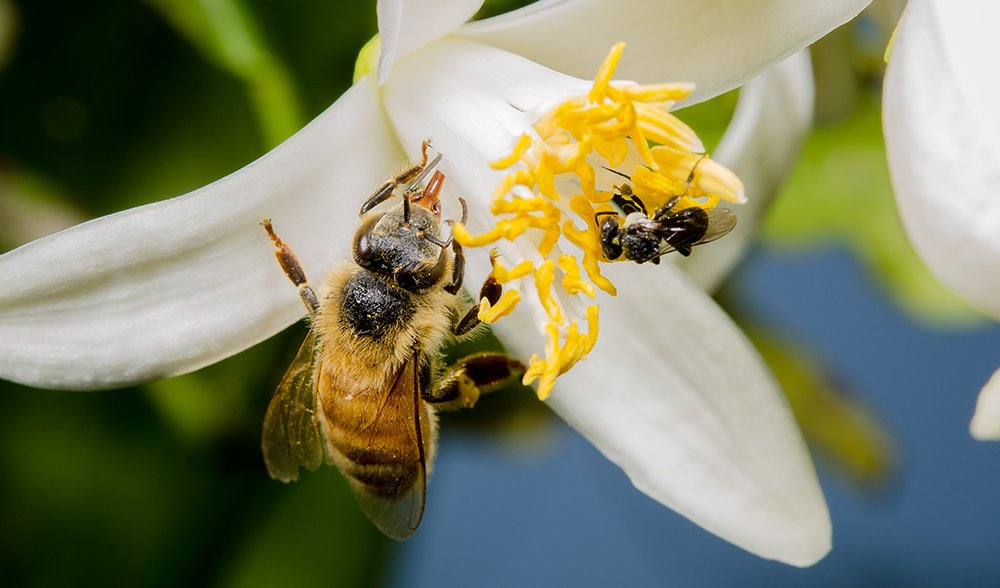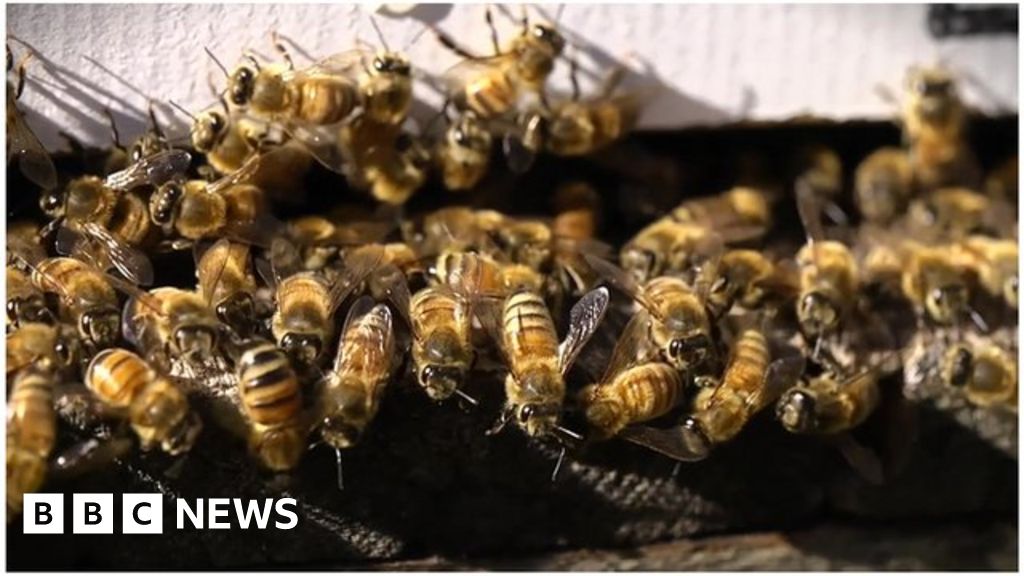Buzzing with Concern: The Urgent Need for Australian Bee Conservation
Buzzing with Concern: The Urgent Need for Australian Bee Conservation

Australia boasts an extraordinary diversity of life, and among its most vital inhabitants are its native bees. These buzzing pollinators play a critical role in maintaining the delicate balance of our ecosystems, contributing to the health of our forests, grasslands, and agricultural landscapes. However, a silent crisis is unfolding, threatening the very existence of these essential creatures.
A Symphony of Buzzing: The Diverse World of Australian Bees
Related Articles: Buzzing with Concern: The Urgent Need for Australian Bee Conservation
- Unfurling The Meaning: Decoding The Colors Of The Aboriginal Flag
- The Wodaabe: A Journey Into The Beauty And Culture Of The Fulani Pastoralists
- A Sweet Journey Through Australia’s Fruitful Bounty: Exploring The Unique Flavors Of The Land Down Under
- A Taste Of The Outback: Exploring The Delicious World Of Australian Native Fruits
- Aboriginal Vs AborigineTitle
Australia is home to over 1,600 species of native bees, a truly remarkable array of shapes, sizes, and behaviors. From the tiny, metallic-green blue-banded bees to the robust, hairy carpenter bees, each species plays a unique role in the intricate web of life.
Beyond the Honeybee: The Vital Role of Native Bees
While the European honeybee often steals the spotlight, native bees are the true heroes of pollination in Australia. Unlike their introduced counterpart, native bees are highly specialized, often adapted to pollinate specific plant species. This specialization is crucial for the survival of many native plants, which rely on these bees for reproduction.
The Buzzing Crisis: Threats to Australian Bee Survival
The future of Australian bees is under threat from a multitude of factors, creating a perfect storm of challenges:
- Habitat Loss and Fragmentation: As land is cleared for agriculture, urban development, and other human activities, native bees lose their natural homes, including nesting sites and food sources. The fragmentation of remaining habitats also hinders their ability to move and find resources.
- Pesticide Use: The widespread use of pesticides in agriculture and urban areas poses a significant threat to bees. These chemicals can directly kill bees or disrupt their navigation, foraging, and reproduction.
- Climate Change: Rising temperatures, altered rainfall patterns, and extreme weather events are disrupting bee populations. Climate change can impact food availability, nesting sites, and overall bee survival.
- Disease and Parasites: Introduced pests and diseases can decimate bee populations, particularly in areas with high bee densities.
- Competition from Introduced Species: The presence of the European honeybee can outcompete native bees for resources, further exacerbating their decline.

The Ripple Effect: Consequences of Bee Decline

The decline of Australian bees has far-reaching consequences for our ecosystems and livelihoods:
- Loss of Biodiversity: The disappearance of native bees will lead to a decline in the diversity of native plants, disrupting the delicate balance of our ecosystems.
- Reduced Crop Yields: Many agricultural crops rely heavily on pollination by native bees. Their decline will result in reduced crop yields, impacting food security and the agricultural industry.
- Loss of Ecosystem Services: Bees provide essential ecosystem services, including pollination, seed dispersal, and soil fertilization. Their decline will negatively impact the health and resilience of our ecosystems.

A Buzzing Call to Action: Protecting Our Pollinators
Protecting Australia’s native bees is not just a matter of environmental conservation; it’s a matter of safeguarding our future. Here are some steps we can all take to help:
- Support Sustainable Agriculture: Choose organic produce and support farmers who use environmentally friendly practices that minimize pesticide use.
- Plant Native Flowers: Create bee-friendly gardens by planting a variety of native flowers that provide nectar and pollen throughout the year.
- Reduce Pesticide Use: Opt for natural pest control methods in your garden and advocate for responsible pesticide use in your community.
- Protect Natural Habitats: Support initiatives that protect native vegetation and create wildlife corridors to connect fragmented habitats.
- Educate Others: Spread awareness about the importance of native bees and the threats they face.
The Future of Australian Bees: A Collective Responsibility
The fate of Australia’s native bees rests in our hands. By understanding the threats they face and taking action to protect them, we can ensure that these vital pollinators continue to buzz through our landscapes for generations to come.
FAQ: Conservation of Australian Bees
Q: Why are Australian native bees important?
A: Native bees are essential for the pollination of many native plants, which in turn supports biodiversity and ecosystem health. They also contribute to crop production, playing a vital role in food security.
Q: What are the biggest threats to Australian native bees?
A: Habitat loss, pesticide use, climate change, disease, and competition from introduced species are the main threats to native bee populations.
Q: What can I do to help conserve Australian native bees?
A: You can support sustainable agriculture, plant native flowers, reduce pesticide use, protect natural habitats, and educate others about the importance of bees.
Q: Are there any organizations dedicated to bee conservation in Australia?
A: Yes, several organizations are actively working to conserve native bees in Australia, including the Australian Native Bee Association (ANBA), the University of Sydney’s Bee Lab, and the Australian Museum.
Q: Can I keep native bees in my backyard?
A: Yes, but it’s important to research the specific needs of the species you choose and ensure they are legal to keep in your area.
Q: Is there anything I can do to help if I see a bee in trouble?
A: If you see a bee struggling, you can provide it with a small amount of sugar water in a shallow dish. Avoid using pesticides or insecticides, and consider planting bee-friendly flowers to attract them.
By taking action to protect Australian native bees, we can ensure that their buzzing symphony continues to enrich our lives and our landscapes for generations to come.

Closure
Thus, we hope this article has provided valuable insights into Buzzing with Concern: The Urgent Need for Australian Bee Conservation. We thank you for taking the time to read this article. See you in our next article!


